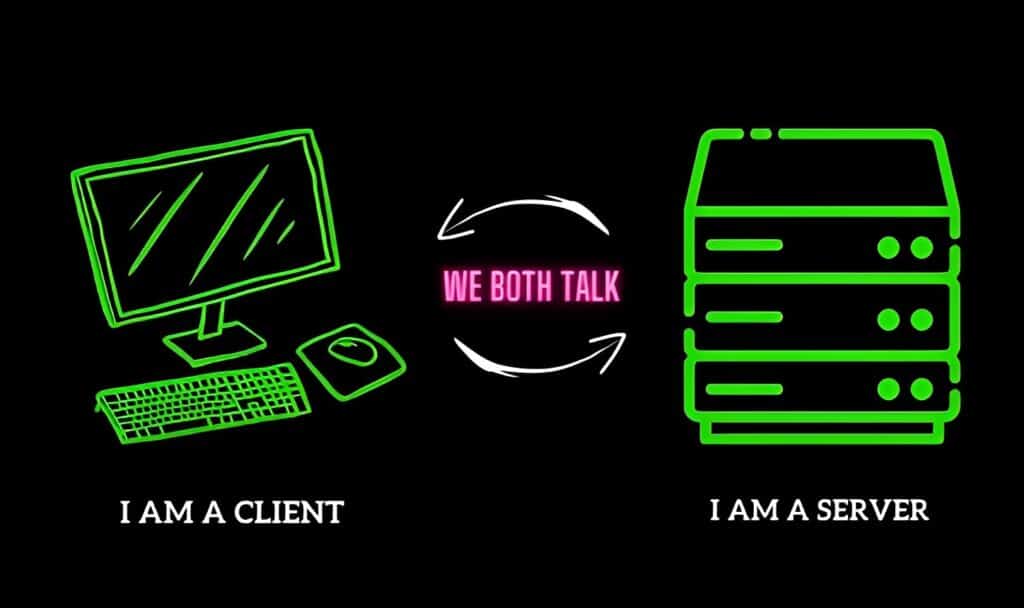Introduction:
Have you ever wondered how ethical hackers play a vital role in safeguarding our digital systems and networks in the vast realm of cybersecurity? One fundamental concept that is crucial for them to grasp is the Client-Server model. But why is understanding this model so important for these cyber defenders? Let’s embark on a journey to explore the significance of the Client-Server model in its mission to protect our digital world.
The Client-Server Model: A Digital Ecosystem
In simple terms, the Client-Server model is like the foundation of the digital world. It involves two essential components: the client and the server. The client represents the user who interacts with digital services, while the server stores and processes the requested data. This model forms the basis for numerous online systems and applications.
Enhancing Security Awareness
As an ethical hacker, comprehending the Client-Server model is crucial for several reasons, including:
By understanding how the client and server communicate, ethical hackers can identify potential security vulnerabilities within the system. They can assess the network’s architecture, protocols, and communication channels to uncover weaknesses that malicious hackers could exploit.
Detecting Attack Surfaces:
Ethical hackers can analyze the entry points or attack surfaces that exist between clients and servers. This understanding helps them anticipate potential avenues through which unauthorized access, data breaches, or other cyber-attacks can occur.
Real-World Examples
Let’s explore a couple of real-world scenarios to highlight the importance of the Client-Server model in ethical hacking:
Ethical hackers often perform security assessments on web applications. By understanding the Client-Server model, they can scrutinize the communication between clients (users’ browsers) and servers (the application’s backend). This enables them to identify security loopholes, such as inadequate input validation or insufficient data encryption, which could be exploited by attackers.
Network Penetration Testing
In network penetration testing, ethical hackers simulate cyber-attacks to identify vulnerabilities. By examining the Client-Server model, they gain insights into the various network protocols, authentication mechanisms, and data transmission methods. This knowledge helps them uncover weaknesses, such as weak encryption or misconfigured access controls, which may expose the network to unauthorized access.
Hacker taking advantage
The client-server model is like a messenger between you (the client) and the website (the server). To access your diary without your permission, a hacker might attempt to take advantage of vulnerabilities in the website’s server. For instance, they might discover a hole in the server’s security that helps them to access your personal data without using login credentials or changing the server’s code.
Cybersecurity protecting
An expert in cybersecurity would watch over your diary to prevent these hacking attempts. By installing strong passwords, encryption, and regular software updates, they would guarantee that the website’s server is appropriately secured. Additionally, they might install intrusion detection systems, which watch out for any strange activity and notify them if there is a potential breach. They may find flaws and address them by periodically checking the server’s security, which makes it much more difficult for hackers to access your diary.
Conclusion: Securing the Digital Frontier
In the ever-evolving landscape of cybersecurity, ethical hackers are the defenders of the digital frontier. By understanding the Client-Server model, they gain valuable insights into the inner workings of digital systems. This knowledge empowers them to identify vulnerabilities, detect attack surfaces, and ultimately fortify the security of digital infrastructures.
So, whether it’s securing web applications, conducting network penetration testing, or safeguarding critical data, ethical hackers armed with an understanding of the Client-Server model are at the forefront of defending against cyber threats.








